Optimizing Logistics: A Complete Guide to Selecting Transportation Modes
Business Advice | Logistics | Transportation | Best Practices | Freight Management | Shippers
In the complex world of logistics and supply chain management, selecting the best modes of transportation for your goods is critical to achieving efficiency, cost-effectiveness, and timely delivery. With options ranging from full truckload (FTL) and less-than-truckload (LTL) to rail, ocean, and air transport, each mode offers distinct advantages and challenges tailored to different shipments.
This blog post explores the intricacies of these common transport modes, providing an analysis of the pros and cons of each and offering guidance on when to use them. Whether you're shipping large, bulky items across continents or need fast delivery for high-value goods, understanding the nuances of each option can significantly enhance your logistics strategy.
Full Truckload (FTL): Maximizing Efficiency for Large Shipments
Full truckload transportation involves hiring an entire truck to carry your goods exclusively. An expertise of ours, FTL is widely used across industries and is optimal for transporting large, heavy, or time-sensitive shipments that can fill an entire trailer or nearly so.
Pros:
- Speed and Efficiency: FTL shipments usually travel directly from the point of origin to the destination, reducing transit times compared to other modes that might require cargo transfers or consolidation.
- Reduced Handling Risks: With no need to unload or transfer goods en route, FTL shipments face lower risks of damage or loss, better ensuring that goods arrive in the same condition as they were shipped.
- Privacy and Security: Since the truck is dedicated to a single shipment, the privacy and security of goods are enhanced.
- Flexible Scheduling: Shippers have greater control over pickup and delivery times, allowing for better planning and coordination of their supply chain activities.
Cons:
- Cost: For smaller shipments that do not require the entire trailer space, FTL can be more expensive than other shipping options, as the shipper must bear the cost of the entire truck.
- Less Environmentally Friendly: Shipping goods in a partially filled truck is less efficient and more carbon-intensive per unit of cargo than fully utilizing the truck's capacity or opting for more consolidated shipping methods.
- Limited Availability: During peak shipping seasons, securing FTL transportation can be challenging due to high demand, potentially leading to higher rates or delays.
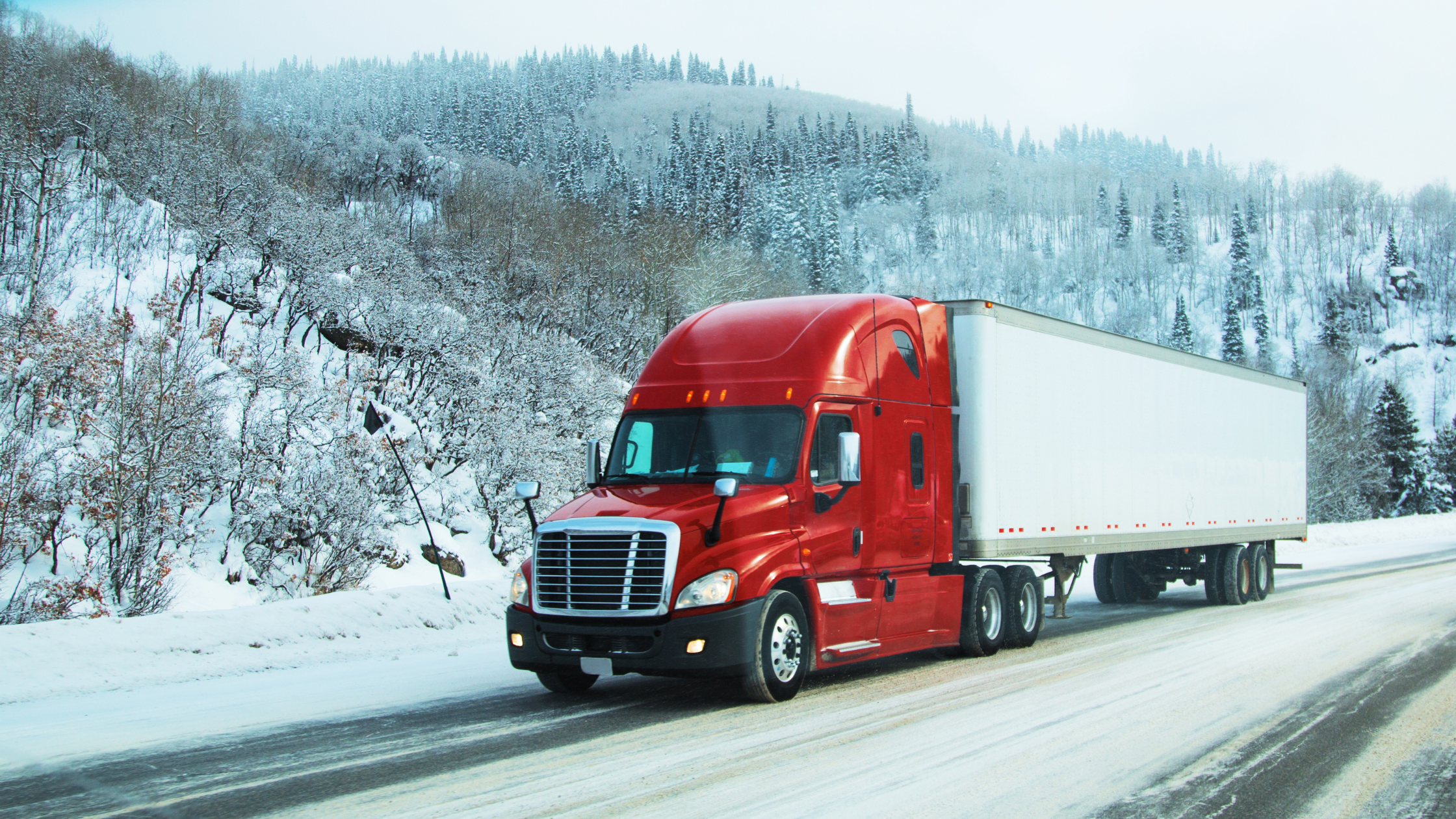
Less-Than-Truckload (LTL): The Flexible Solution for Smaller Shipments
As experts in the field, we understand the nuances of less-than-truckload (LTL) shipping. This mode, designed for shipments that do not require the entire space of a truck, allows multiple shippers to share trailer space on the same trailer, each paying only for the portion their goods occupy. LTL is ideal for businesses looking to ship smaller quantities of goods efficiently and cost-effectively. It offers a middle ground between parcel shipments and FTL shipping, filling a crucial niche in the logistics and transportation industry.
Pros:
- Cost Efficiency: LTL enables shippers to pay only for the space their cargo occupies, making it a more affordable option for smaller shipments.
- Flexibility: With LTL, businesses can ship goods in varying quantities without waiting to accumulate enough product for a full truckload, allowing for more frequent shipments and better inventory management.
- Increased Access to Services: LTL carriers often provide additional services such as liftgate service, inside delivery, and residential pickup and delivery, accommodating a wider range of shipping needs.
- Environmental Benefits: By consolidating freight from multiple shippers, LTL reduces the carbon footprint per unit of goods shipped, contributing to more sustainable logistics practices.
Cons:
- Longer Transit Times: Because LTL shipments may be unloaded and reloaded at multiple terminals en route to their final destination, transit times can be longer than FTL shipments.
- Increased Handling: The process of consolidating shipments means that goods are handled more frequently, potentially increasing the risk of damage or loss.
- Complex Pricing: LTL rates are influenced by various factors, including distance, weight, freight class, and additional services, making pricing more complex and variable.
For a deeper understanding of how LTL rates are determined and tips for optimizing your LTL shipping strategy, refer to our detailed guide: "Shipping Less Than Truckload (LTL): How Are Rates Determined?". By understanding the intricacies of LTL shipping, including how rates are calculated and what factors influence costs, shippers can make informed decisions to optimize their shipping strategies and control expenses.
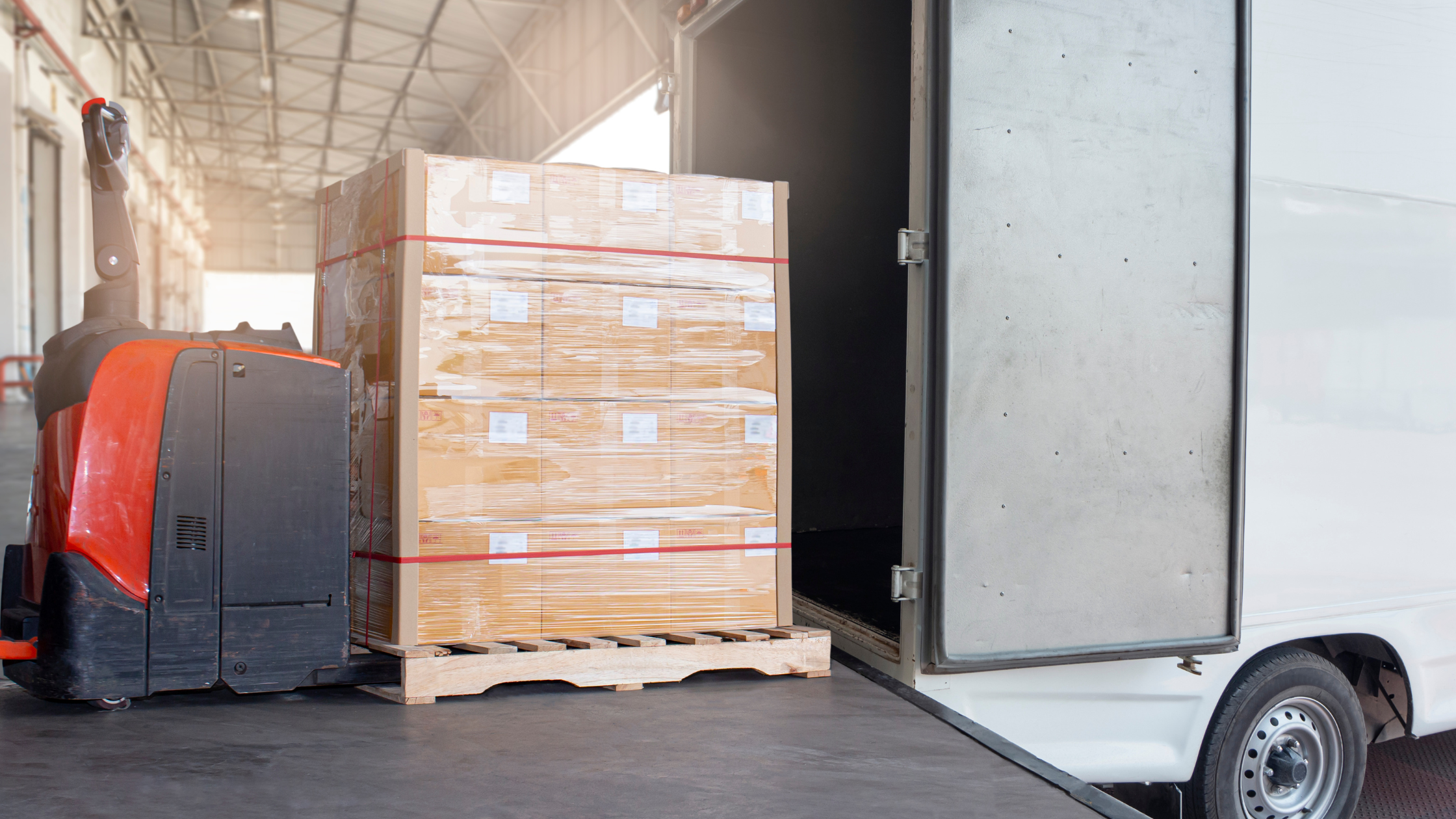
Rail Transportation: The Backbone of Long-Distance Bulk Shipping
Rail transport is a cornerstone of the logistics and freight industry, offering a reliable and efficient way to move large quantities of goods over long distances. Railroads are an integral part of the intermodal shipping system, seamlessly connecting with trucks and ships to provide comprehensive transportation solutions that span continents.
Pros:
- Cost-Effectiveness for Bulk Shipments: Rail is one of the most economical transportation methods for large volumes of freight, especially over long distances, due to lower fuel costs and the ability to move vast quantities of goods simultaneously.
- Environmental Efficiency: Trains have a lower carbon footprint than road transport, making rail a more sustainable choice. They can move a ton of freight nearly four times farther on a gallon of fuel than trucks.
- Safety and Reliability: Railroads have a strong track record for safety, particularly for hazardous materials. The controlled rail environment and standardized procedures minimize the risk of accidents.
- High Capacity: Trains can haul massive loads, including oversized or heavy items that might be challenging or more expensive to transport via road.
Cons:
- Inflexibility: Rail schedules and routes are fixed, offering less flexibility than road transport. This can be a drawback for shipments that require quick or direct routes not served by rail.
- Transit Time: While efficient over long distances, rail can be slower than trucking for shorter routes due to longer loading times, fixed schedules, and indirect routing.
- Access Limitations: Rail transportation is not door-to-door; goods often require additional transport by truck to and from the rail terminals, adding time and cost to the shipping process.
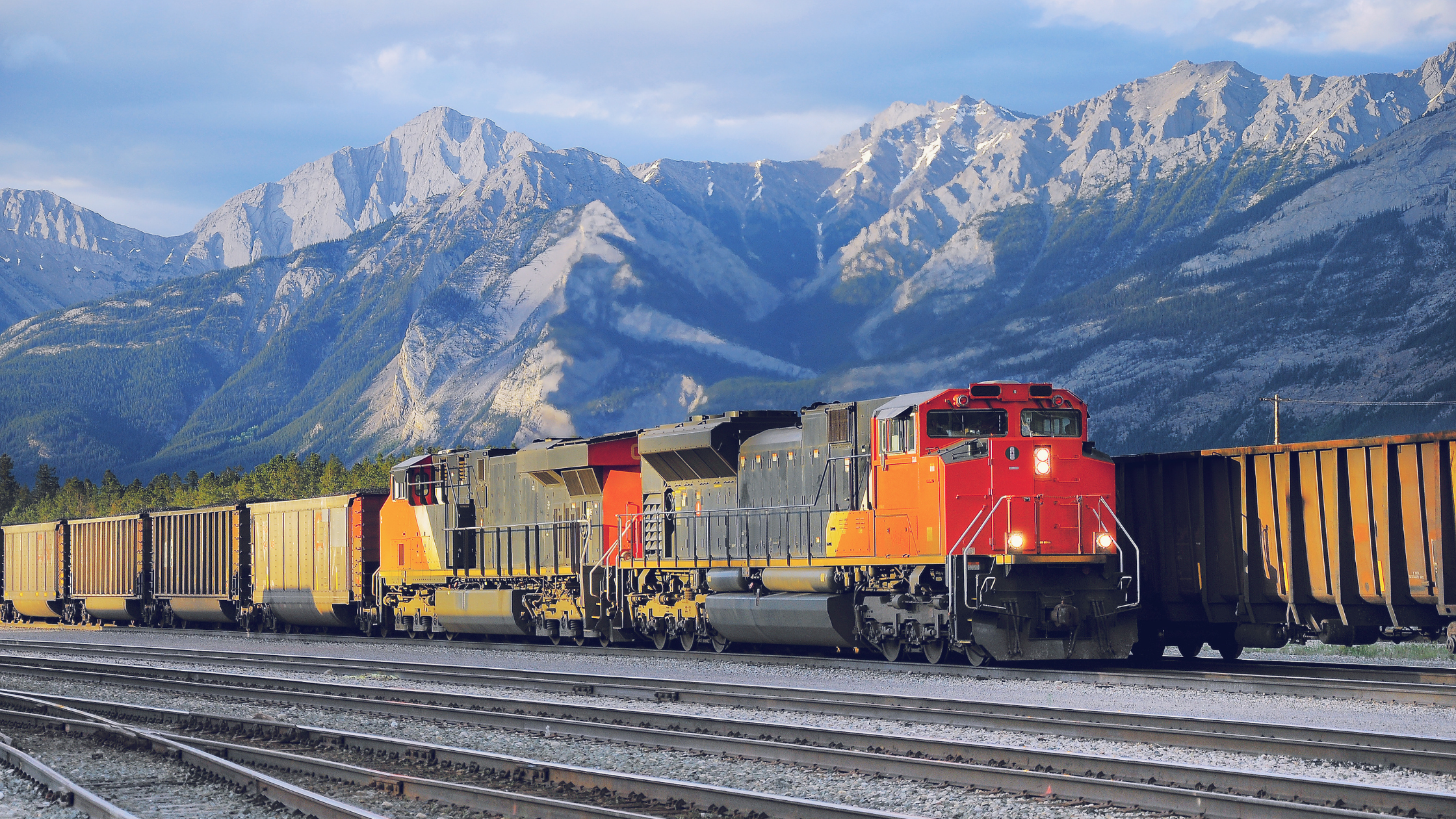
Ocean Freight: Navigating the Global Supply Chain
Ocean freight is the lifeline of international trade, offering a cost-effective way to transport large volumes of goods across the world's oceans. This mode is essential for moving manufactured items and raw materials between continents. Carriers operate through a network of ports, providing service routes that connect virtually every country. With the capacity to handle shipments ranging from small containers to massive bulk loads, ocean freight is a versatile option for global logistics needs.
Pros:
- High Volume Capacity: Ocean vessels can transport significant quantities of goods, making them ideal for large-scale shipments that would be impractical or too costly by air or land.
- Cost Efficiency: For international shipping, ocean freight is often the most economical choice, especially for bulk or heavy shipments, due to lower fuel costs and the ability to spread operating expenses across large volumes of freight.
- Environmental Impact: Ships have a smaller carbon footprint on a per-ton-mile basis compared to air and some land transportation options, offering a more sustainable choice for long-distance transport.
- Versatility: Ocean carriers can accommodate a wide range of cargo types, from containerized goods to bulk commodities, liquids, and oversized or heavy equipment.
Cons:
- Slower Transit Times: Ocean shipping is typically the slowest mode of transport, with transit times significantly longer than air or express land services. This can impact inventory management and lead times for businesses.
- Complexity and Regulation: Navigating the regulatory environment of international shipping can be complex, involving customs, tariffs, and laws that vary by country.
- Susceptibility to Weather and Port Delays: Ocean freight can be affected by adverse weather conditions, port congestion, and other logistical challenges, potentially leading to delays and disruptions in the supply chain.
- Limited Tracking and Visibility: While technology has improved, tracking and real-time updates for ocean shipments can still lag behind other modes of transport, offering less visibility into the shipping process.
Despite its slower pace and the complexities of cross-border logistics, the strategic use of ocean transport can significantly enhance the efficiency and reach of supply chains, making it a vital component of modern commerce.
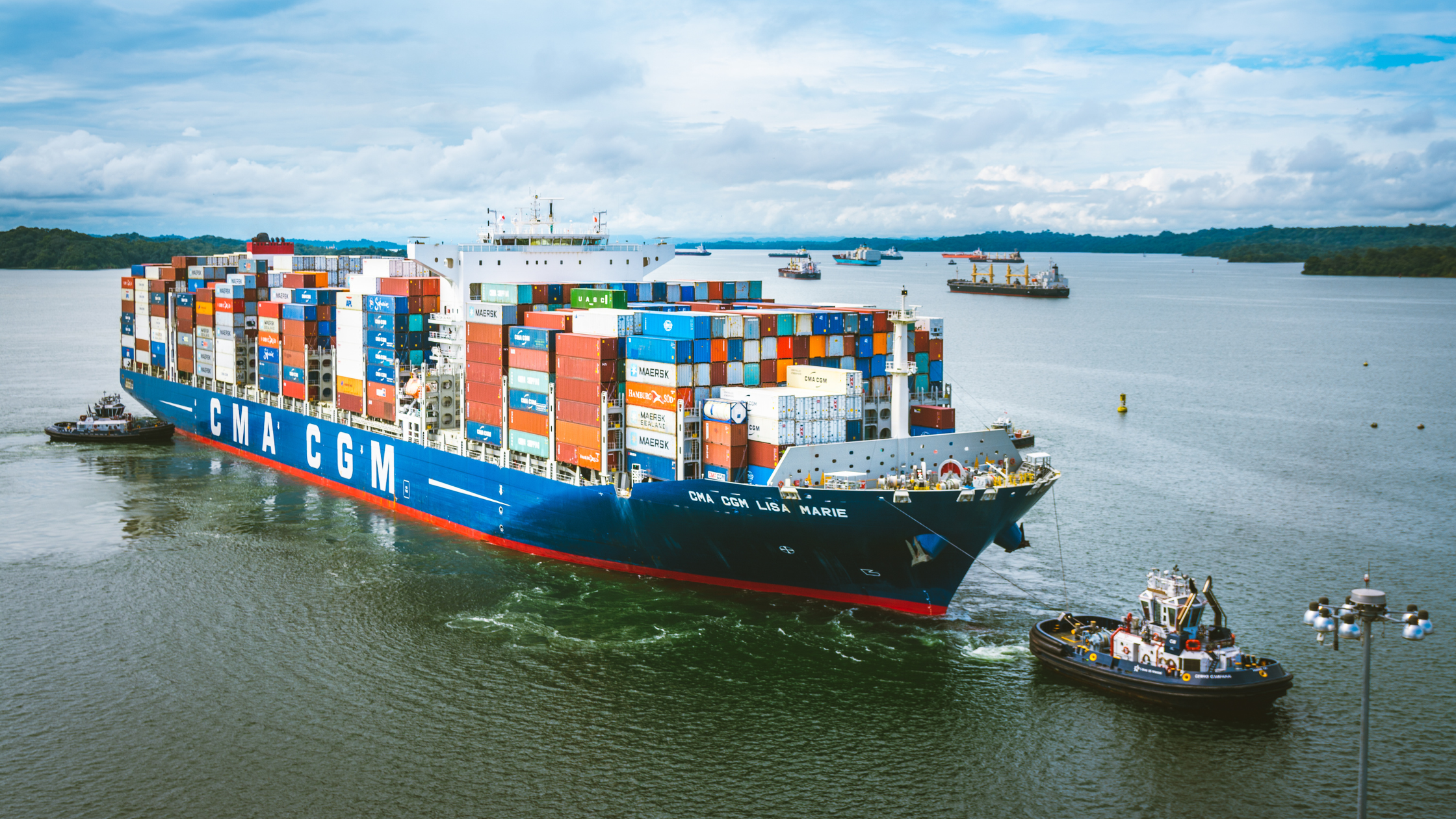
Air Transportation: Speed and Reliability Across the Skies
Air transport stands out as the fastest mode of shipping goods globally, offering unmatched speed and reliability for time-sensitive deliveries. It connects cities and countries within hours or days, significantly reducing transit times compared to sea, rail, or road transport. Airlines operate a vast network of routes that span the globe, ensuring rapid response capabilities for supply chain demands and enabling businesses to maintain lean inventory levels.
Pros:
- Speed: Air freight delivers goods in the shortest possible time, making it the preferred option for time-sensitive shipments, emergency supplies, and last-minute demands.
- Global Reach: Air transport provides access to almost any destination worldwide, with international and domestic carriers offering extensive networks.
- High Security: Airports and airlines adhere to strict security measures, reducing the risk of theft, damage, and tampering. This makes air freight a safe option for transporting valuable or sensitive items.
- Reduced Packaging and Handling: The need for less packaging and reduced handling compared to other modes can lower overall shipping costs and decrease the potential for damage.
Cons:
- Cost: Air freight is typically more expensive than other modes of transportation, reflecting a premium for speed and the operational costs of the aircraft. It is best suited for goods with a high value-to-weight ratio.
- Capacity and Size Limitations: Aircraft have restrictions on weight and volume, making air transport less suitable for very heavy or oversized shipments without special arrangements.
- Environmental Impact: Air transport has a higher carbon footprint per ton-mile than other modes, making it less environmentally friendly.
- Weather and Regulatory Delays: While generally reliable, air freight can be subject to delays due to adverse weather, airspace restrictions, and varying international regulations.
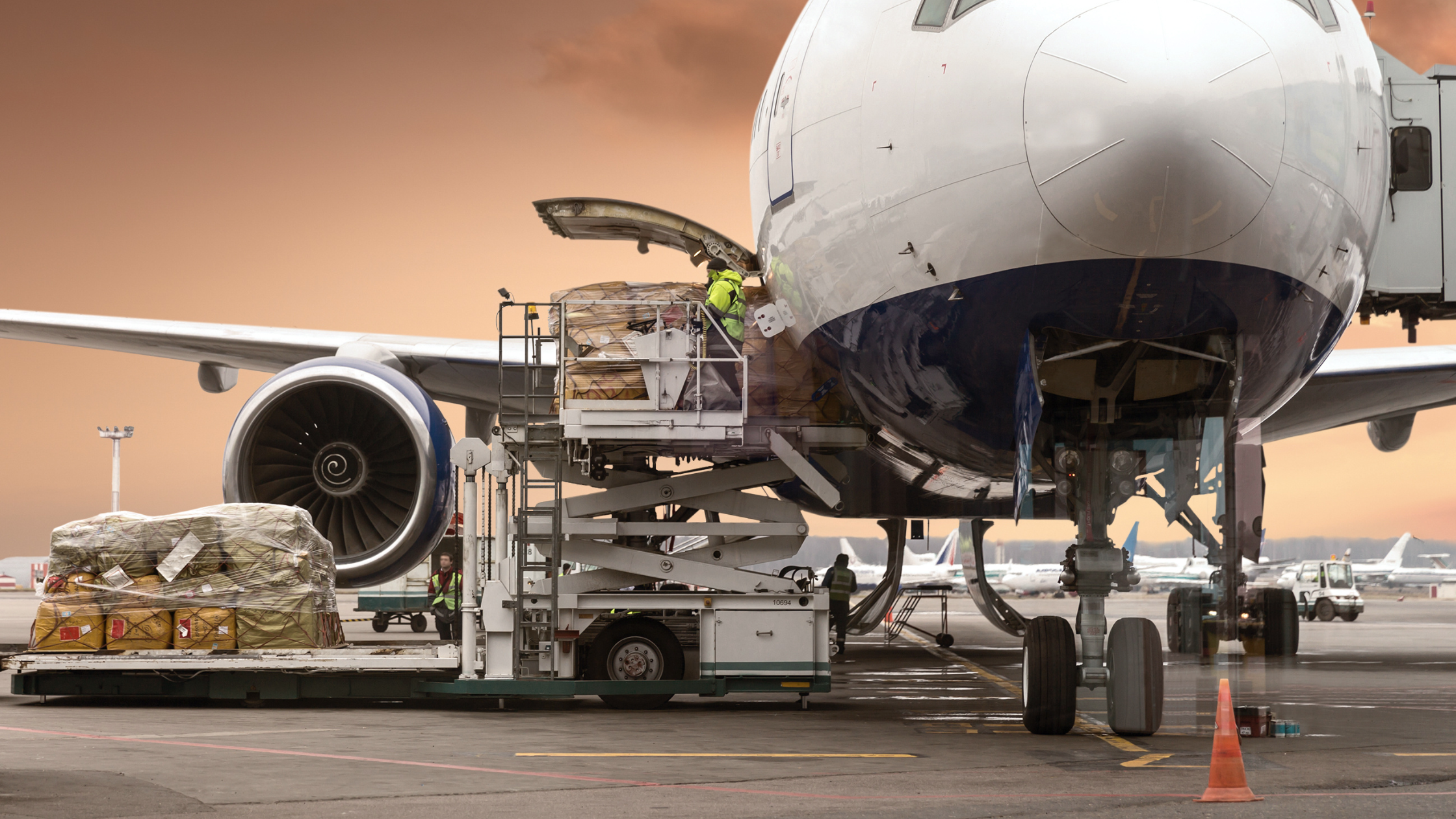
Streamline Your Shipping Strategy: Partner with Armstrong for Expert Logistics Solutions
For businesses seeking to make informed decisions tailored to their unique requirements, leveraging the expertise of a third-party logistics (3PL) company like Armstrong can be a game-changer. Our team of logistics professionals specializes in managing the intricacies of mode selection, carrier vetting, and load matching, ensuring that each shipment is handled with the utmost care and efficiency.
By partnering with Armstrong, you can take the guesswork out of choosing the most suitable transportation mode for each shipment. Our experts provide personalized solutions that optimize your logistics operations, from cost considerations to delivery timelines and everything in between. Visit our website to get in touch with a logistics professional on our team and focus on what you do best – growing your business.
About Taylor Borum
Taylor joined Armstrong in 2021, serving as the team's Marketing Coordinator. A native of North Carolina, she moved to Charlotte in 2018 after graduating from Appalachian State University with her bachelor’s in Communication Studies. She's a passionate writer, having curated a diverse range of blog posts, articles, press releases, feature stories, webpage copy, social media posts, and more.




